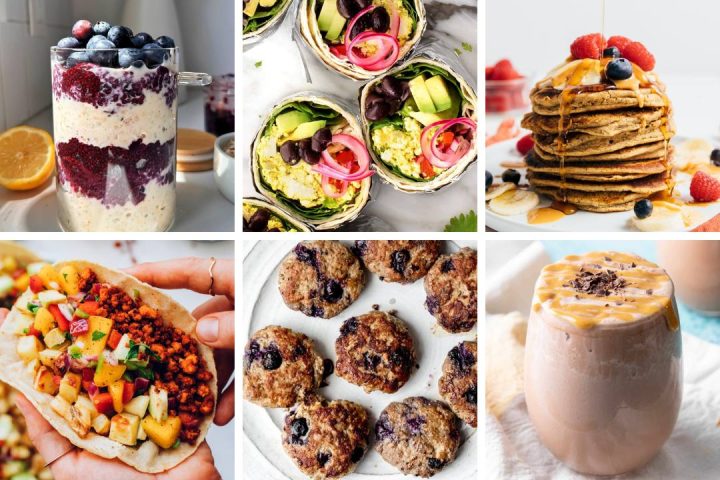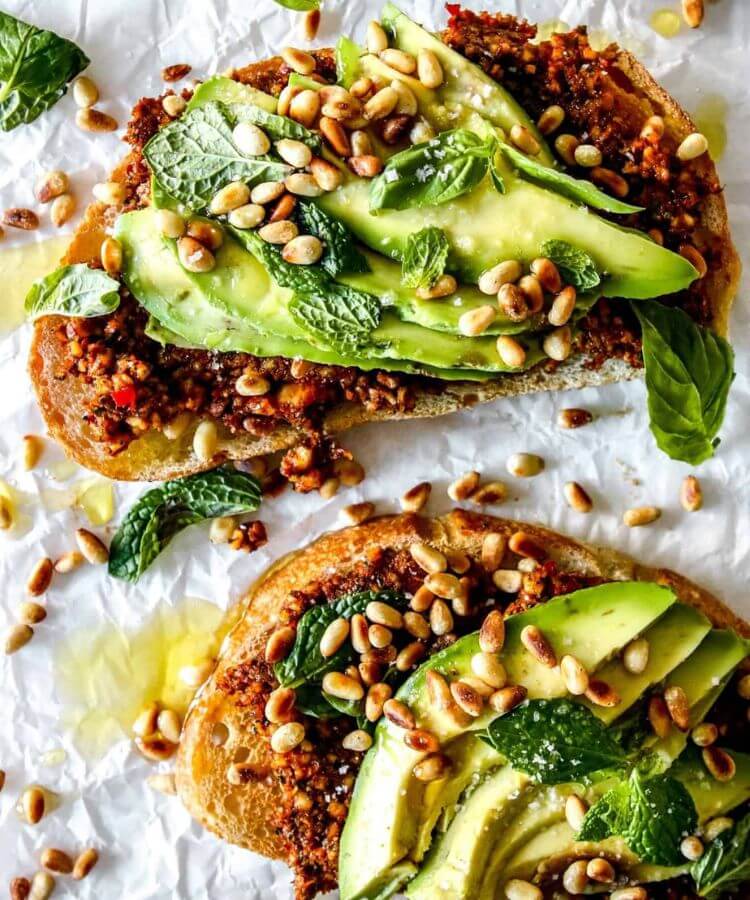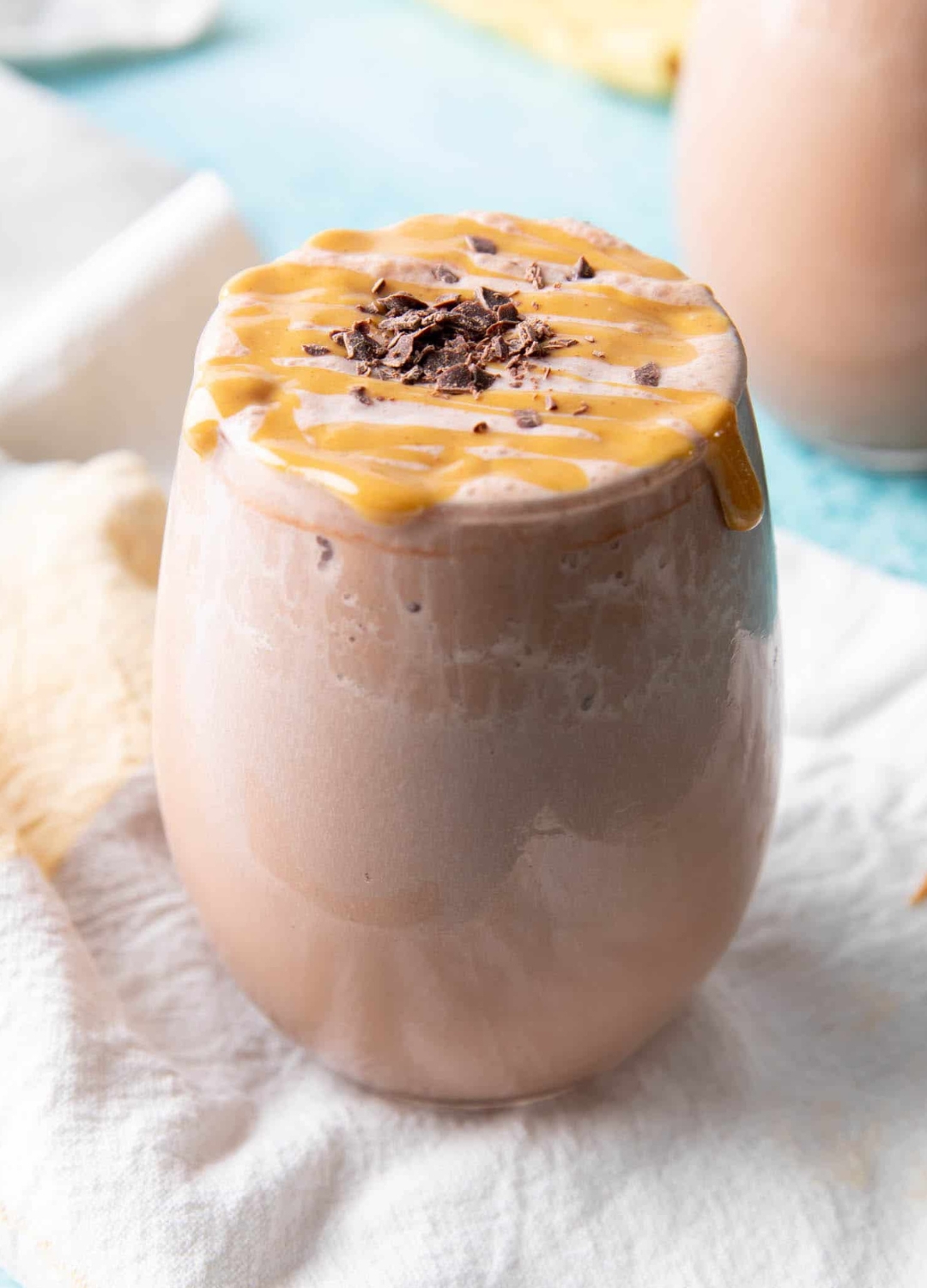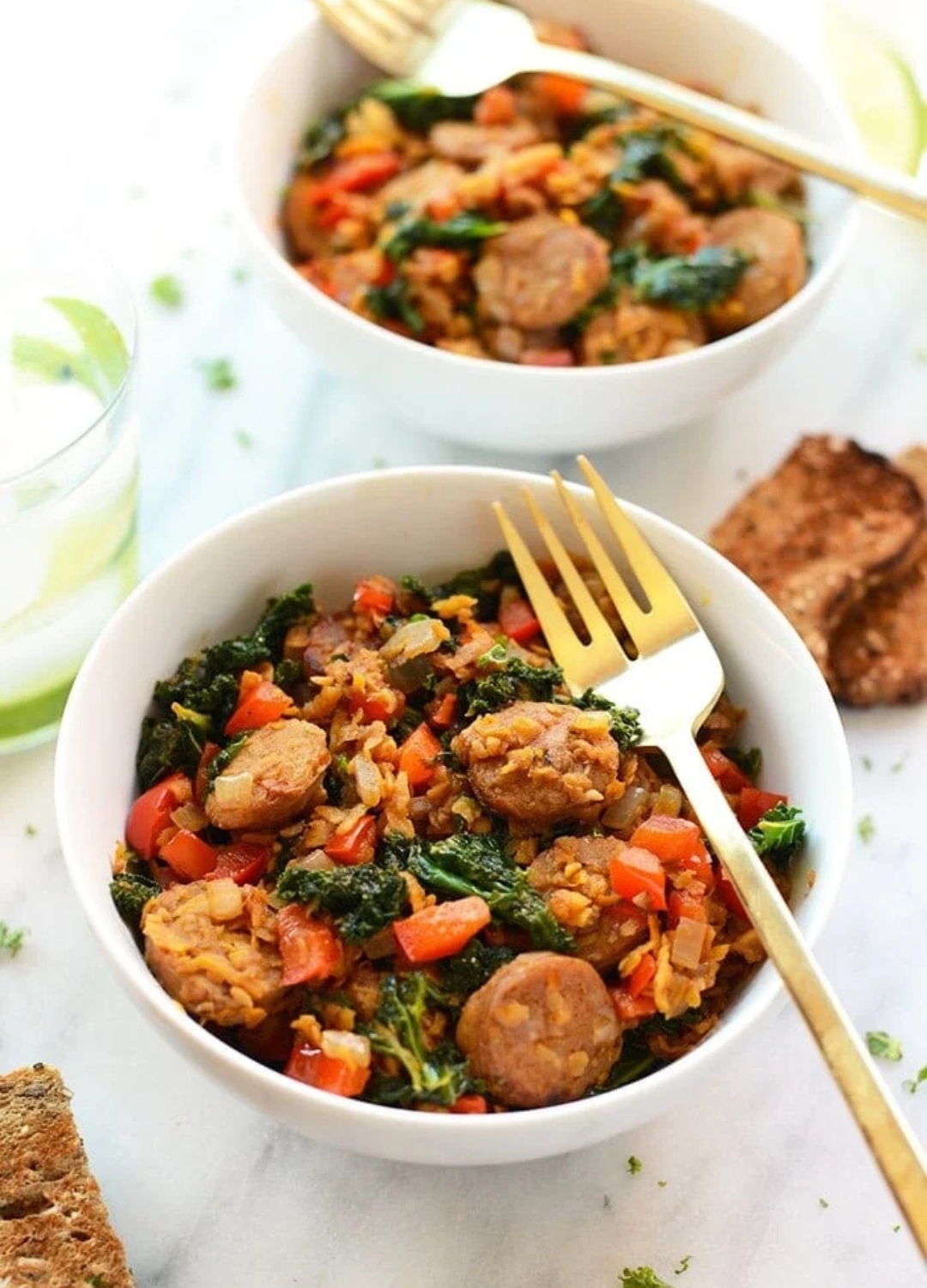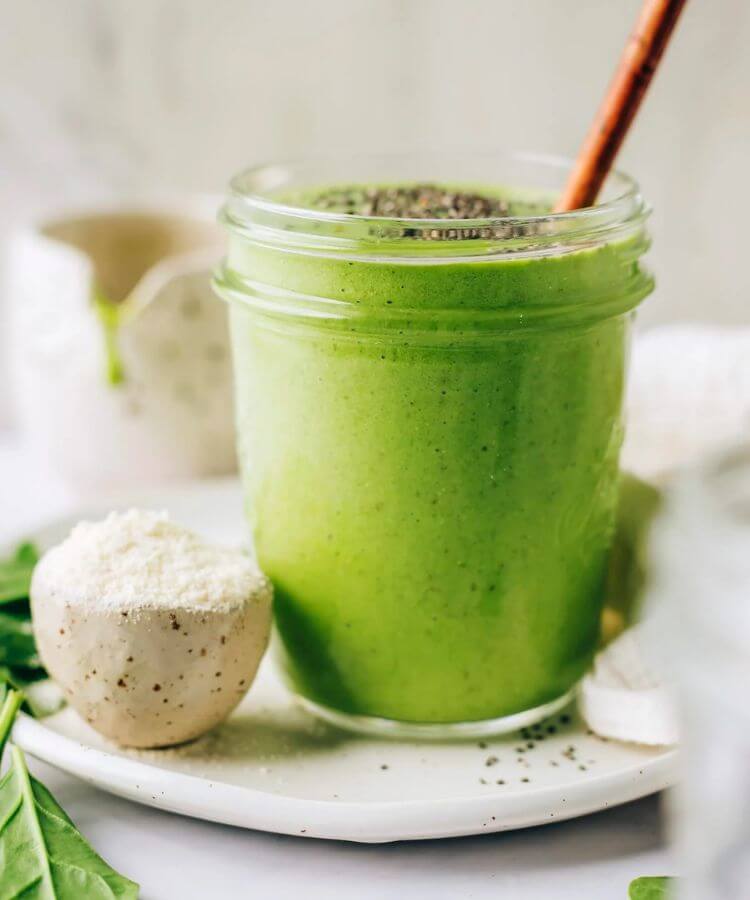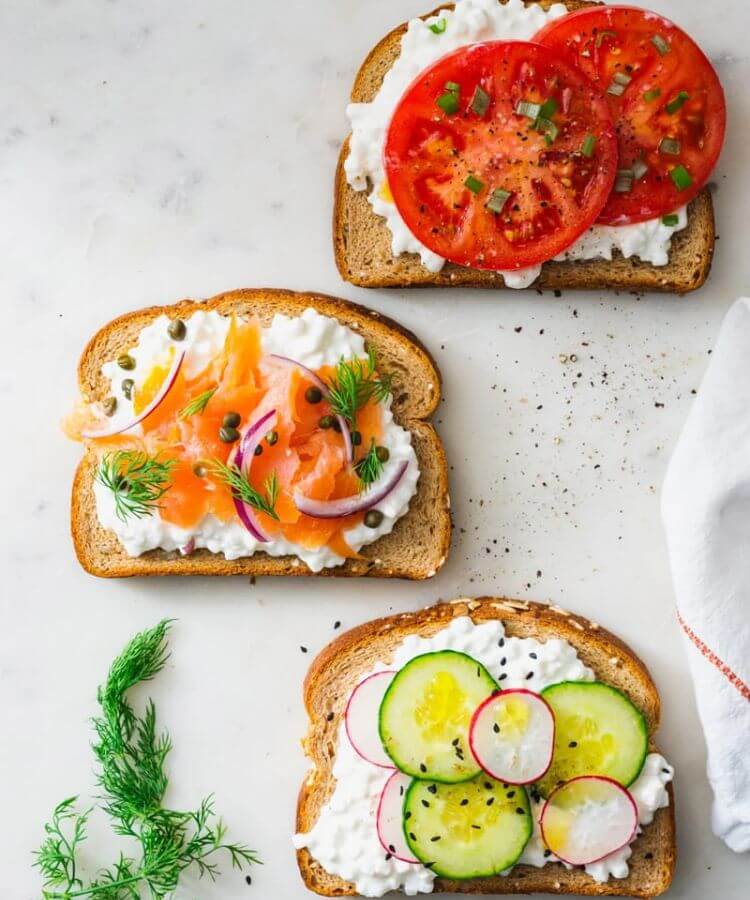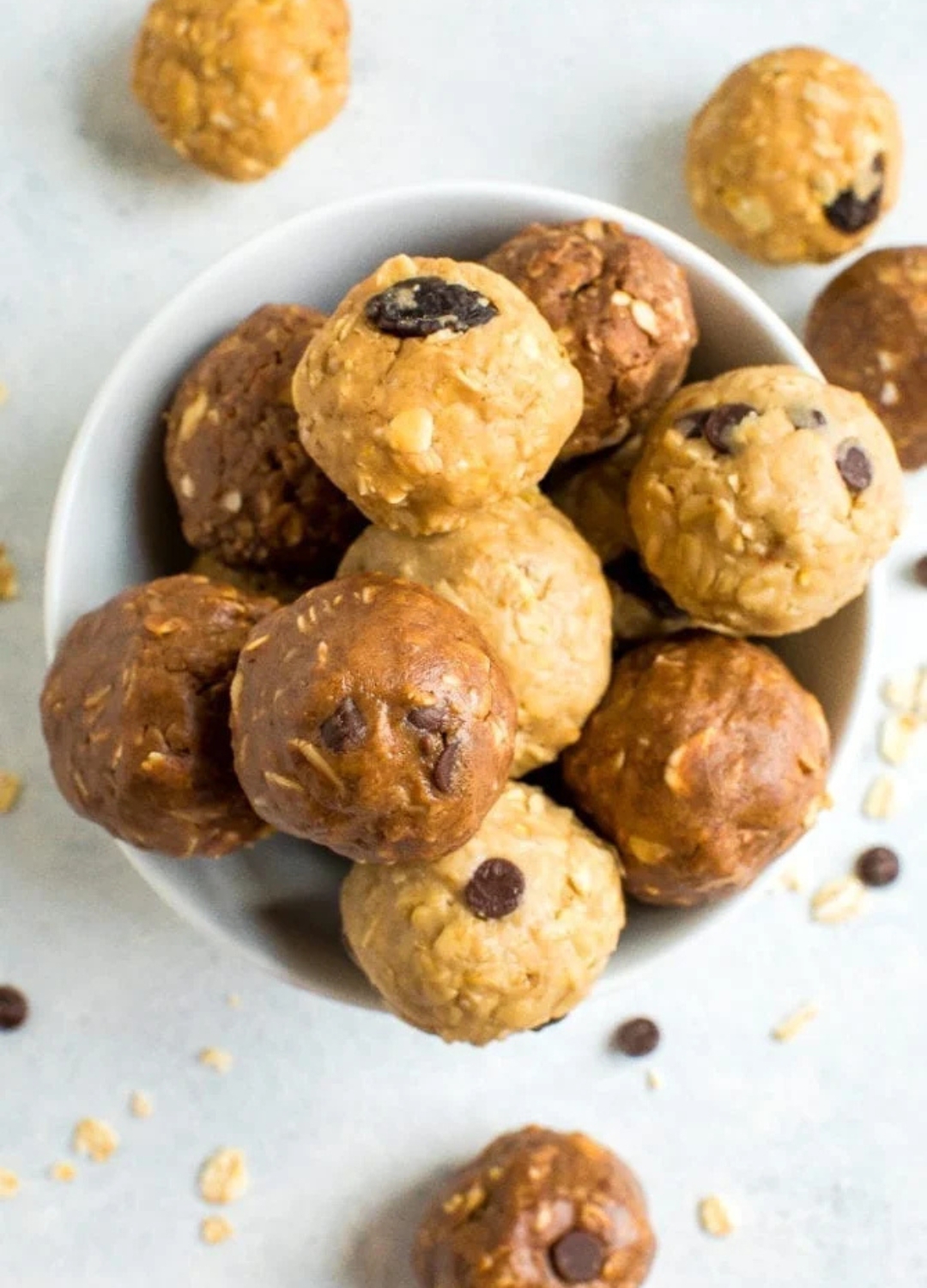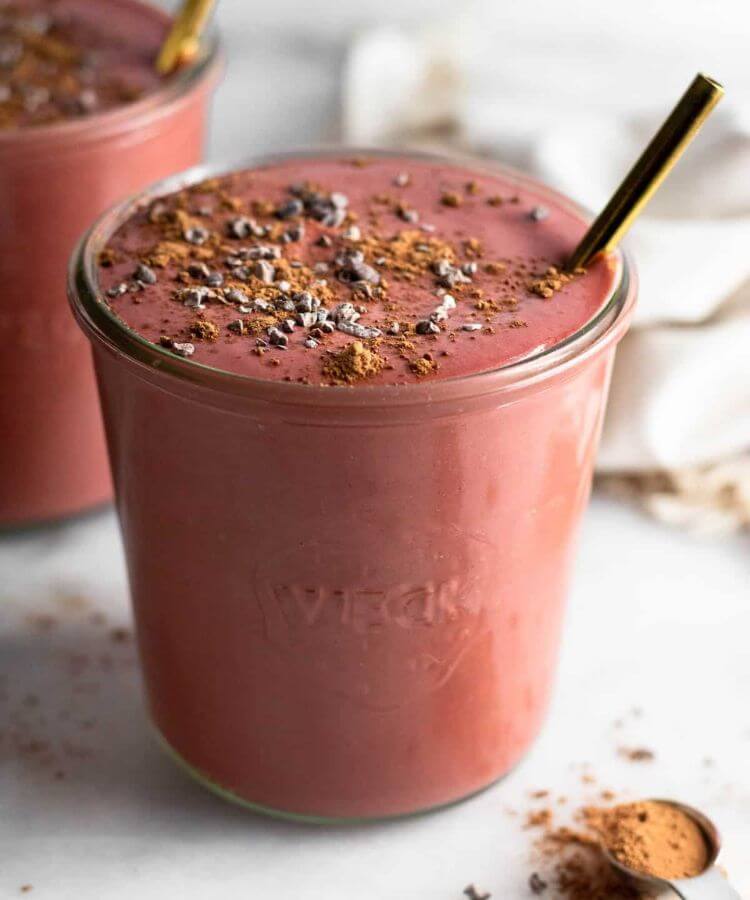Top Foods to Avoid and Embrace for Hot Flashes and Night Sweats
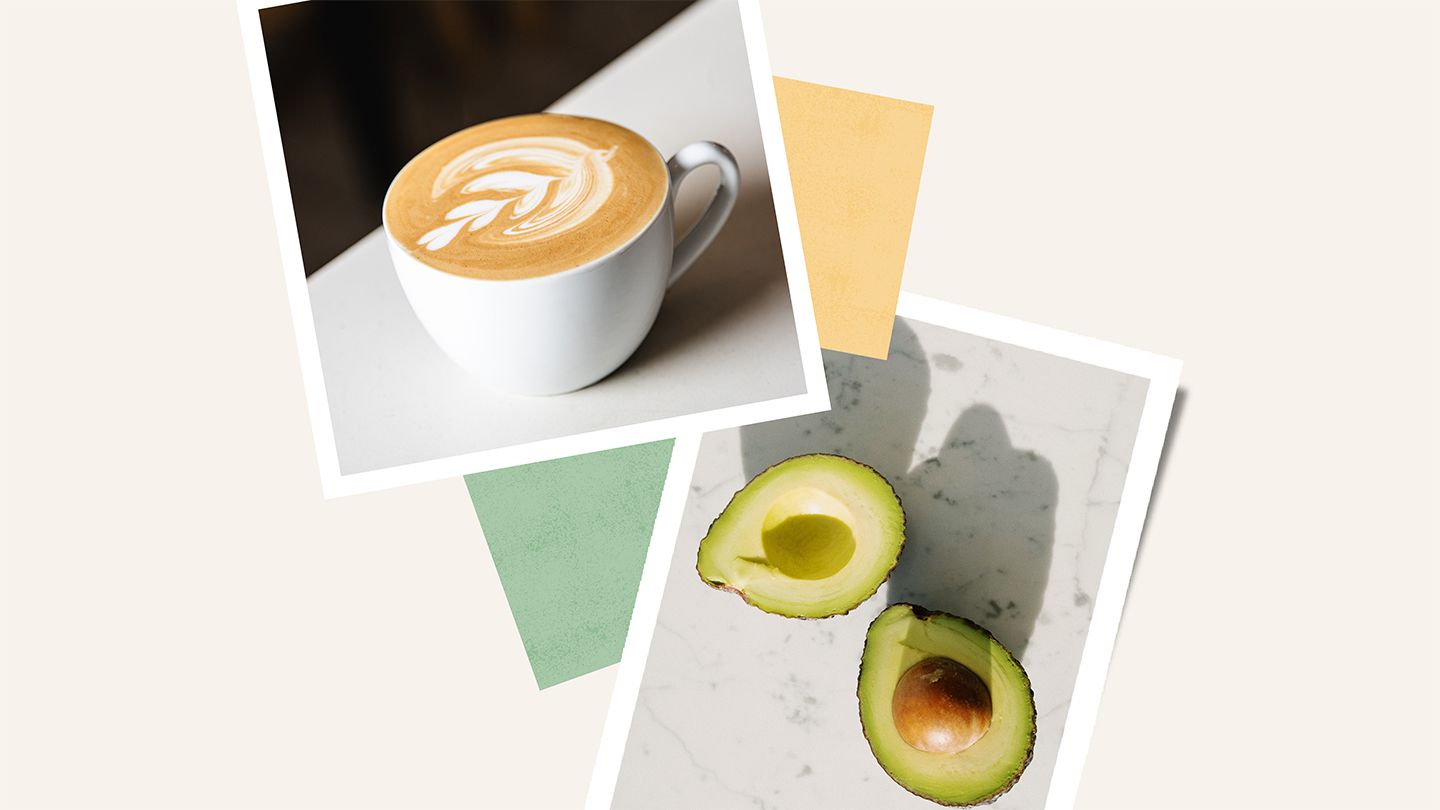
Understanding Vasomotor Symptoms
Picture this: You're going about your day, when all of a sudden you become intensely hot, begin to feel flushed, and start to sweat. If you're approaching menopause, or are already in it, hot flashes and night sweats—also known as vasomotor symptoms (VMS)—can come on quickly, often accompanied by symptoms like heart palpitations, vertigo, anxiety, breathlessness, and more.
Hormonal therapies and lifestyle changes may help tame these menopausal symptoms, but one aspect of treatment that's often overlooked is diet. Here, learn about certain foods that may reduce the intensity and frequency of your hot flashes.
What Causes Vasomotor Symptoms?
Around 74 percent of perimenopausal women in the United States are affected by hot flashes and night sweaks. When you enter the menopausal transition, your estrogen levels begin to fluctuate drastically, interfering with your body's ability to regulate its temperature. A study presented at the 2022 North American Menopause Society Conference showed that while hot flashes and night sweats are both VMS responses to menopause, they are not the same thing. Both can interfere with sleep, but night sweats last longer and are more stressful.
Foods That Help Fight Hot Flashes and Night Sweats
While eating consistent meals throughout the day may help regulate vasomotor symptoms, here are some specific foods to try to reduce your symptoms:
- Soy Foods and Natural Soy Products Isoflavone is a type of phytoestrogen—an estrogen-like compound derived from plants—and it's plentiful in soy. A small study published in 2023 found that postmenopausal women who followed a diet rich in soy, along with a low-fat vegan diet, saw their total hot flashes decrease by 79 percent and their moderate-to-severe hot flashes decrease by 84 percent. Those in the group who made no dietary changes experienced decreases of only 49 percent and 42 percent, respectively. Additionally, 59 percent of those in the soy group reported that they no longer experienced moderate or severe hot flashes at all.
I will recommend soy, and phytoestrogens in general, as a medicinal food almost. I don't know of any other foods that have that kind of effect. Try to include these in your daily diet, says Jenn Salib Huber, RD, ND, who was not involved with the study. Rule of thumb: The less processed the soy is, the more beneficial.
Overly processed soy products, such as protein powders, mock meats, energy bars, or sweetened soy milks and yogurts, often contain higher levels of salt, sugar, saturated fats, additives, and fillers. Minimally processed soy foods, such as the following, contain more healthful vitamins and minerals: * Tofu, miso, and tempeh * Soybeans and edamame * Soy milk * Soy nuts
- Avocado, Almonds, and Other Vitamin E-Rich Foods Several studies suggest that vitamin E supplementation reduces hot flashes. One concluded that vitamin E reduced the incidence of hot flashes by nearly one-third of the base amount. Granted, this study was done using supplements, but it couldn't hurt to incorporate more vitamin E into your diet naturally.
Vitamin E may benefit your heart and immune system too. Consider the following foods: * Asparagus * Avocado * Almonds * Beet greens, collard greens, spinach * Mango * Peanuts and peanut butter * Red bell pepper * Sunflower seeds and sunflower oil * Wheat germ, safflower, and soybean oils
- Plant-Based Foods Research shows that when it comes to hot flashes and night sweats, the more fruits, vegetables, nuts, and legumes you eat, the better.
Findings from the same study of postmenopausal women mentioned above suggest that a vegan diet improves VMS symptoms. It concluded that a dietary intervention consisting of a plant-based diet, minimizing oils, and daily soybeans significantly reduced the frequency and severity of postmenopausal hot flashes and associated symptoms.
If you want to try veganism, consult with a registered dietitian who can help you create a balanced, nutritious diet plan. If you can't manage veganism or vegetarianism, try to eat more low-fat and unprocessed foods. Recent reports have found that the intensity of VMS symptoms is associated with high-processed foods, saturated fats, and sugars in postmenopausal women.
- Cold-Water Fatty Fish and Omega-3s Research has found that omega-3 supplementation has a positive effect on hot flashes, night sweats, and sleep quality in menopausal women. Another study reported that omega-3 supplements combined with vitamin E reduced hot flashes.
Unfortunately, there is a lack of research on foods (rather than supplements) and vasomotor symptoms, but nutritious food sources of omega-3 acids, such as the following, might be helpful: * Cold-water fatty fish, such as salmon, mackerel, tuna, herring, and sardines * Fortified foods, such as certain brands of eggs, yogurt, cereals, juices, milk, or soy drinks. * Check labels for added omega-3s; they may be listed as EPA or DPA, which are different forms of omega-3s.
Foods to Avoid During Menopause
Discover foods to avoid during menopause and some healthy alternatives for a smoother transition.
5 Foods to Avoid
If you want to lessen the intensity and frequency of VMS, try to avoid or limit these foods: 1. Processed Sugars, Such as Candy, Cakes, and Sweetened Drinks Too much sugar, or foods that break down into sugar, can cause a quick spike and drop in blood sugar. When your blood sugar drops, it can bring on a hot flash, particularly if you have diabetes.
Carbohydrates are the most likely to create that spike and drop. The rule of thumb is the more processed a grain, the more quickly it turns to sugar in your system. Fast influx of sugar means a quick rise in blood sugar followed by a steep decline, says Elaine Stern, a licensed acupuncturist and naturopathic practitioner in New York City.
- Caffeinated Beverages, Such as Soda or Coffee While older studies have found that caffeine consumption is associated with a higher risk of hot flashes, especially during perimenopause (the transition phase right before menopause), newer research has yet to be published regarding this connection.
If you find that drinking beverages like coffee, soda, or energy drinks triggers hot flashes for you, it's best to limit or avoid these drinks to see if it improves your symptoms. Try other ways to increase your energy levels, such as taking quick walks or eating foods like whole grains, fibrous veggies, and nuts to avoid sugar crashes, says Stern.
-
Hot Beverages Another problem with your coffee habit is that the beverage is usually served at scalding temperatures. Hot chocolate or tea (or anything that causes your body temperature to rise) may trigger your system to overreact and bring on a hot flash. Instead, to avoid overheating, try iced herbal tea, seltzer, or cold water. If you do need to drink decaffeinated coffee, let it sit for a few minutes so that it's not piping hot, says Huber. Or opt for iced coffee instead.
-
Alcohol, Such as Red Wine Alcohol, red wine in particular, seems to trigger hot flashes, especially if it's consumed close to bedtime, says Huber. While studies on alcohol's connection to hot flashes have had mixed results, many women say that reducing their intake brought relief.
If you are dealing with VMS, it can't hurt to try eliminating alcohol from your diet to see if it works for you.
- Chilis, Wasabi, Chorizo, and Other Spicy Foods Those salsa and jalapeño poppers may do more than set your taste buds on fire: Spicy hot foods can trigger menopausal hot flashes. That doesn't mean you have to eat blandly. Many restaurants can adjust the heat to your preference and tolerance. Or you can up your flavors with milder spices and seasonings such as basil, bay leaf, cardamom, Chinese five-spice blend, cinnamon, coriander, lemon balm, mint, oregano, rosemary, sage, thyme, and parsley.
The Takeaway
Hormonal therapy and lifestyle changes can help relieve menopausal hot flashes and night sweats, but your diet is important for relieving symptoms too.
Adding foods like soy, fatty fish, fruits, vegetables, nuts, and seeds may help tamp down your vasomotor symptoms during menopause.
Limiting or avoiding hot beverages, caffeine, alcohol, and spicy foods may also help prevent the onset of hot flashes and night sweats.
If you're unsure about what to eat to relieve menopause symptoms, reach out to a doctor or registered dietitian who specializes in hormonal changes to come up with a personalized meal plan.



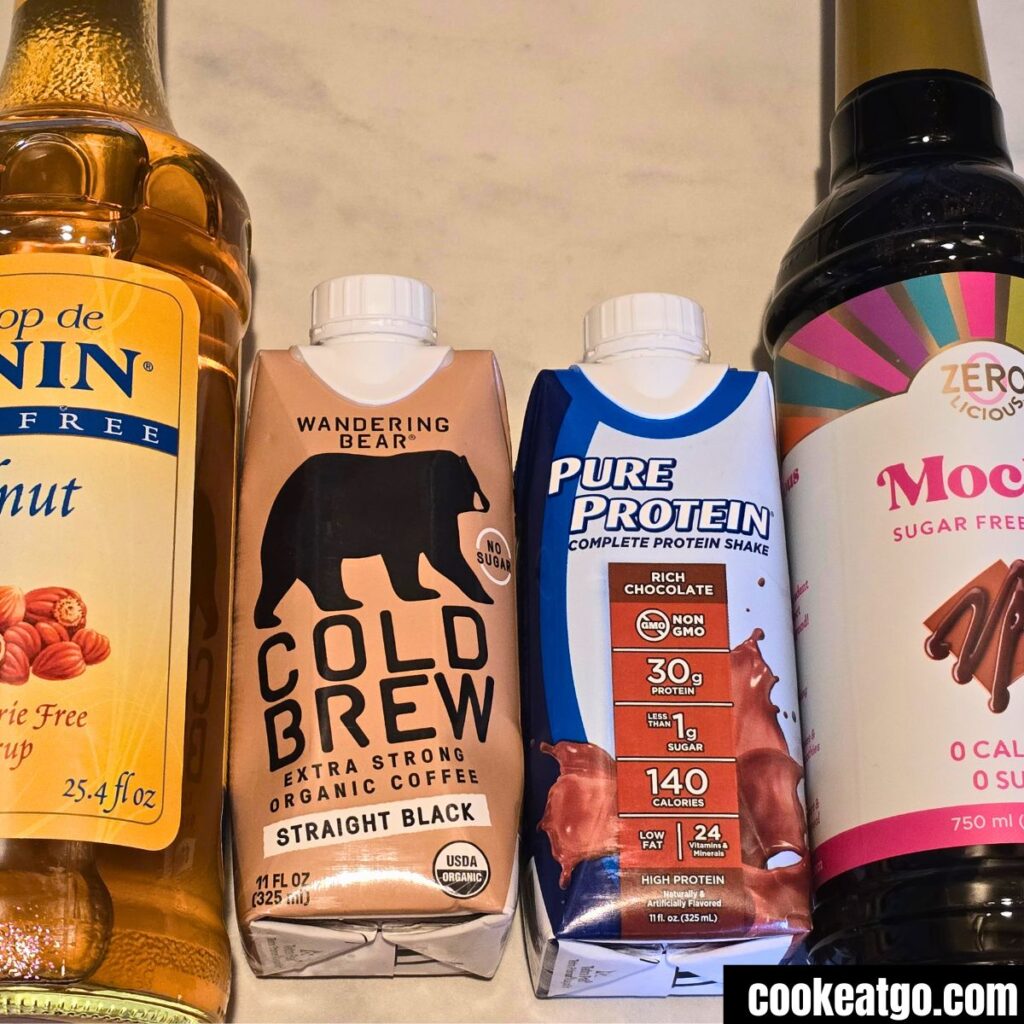
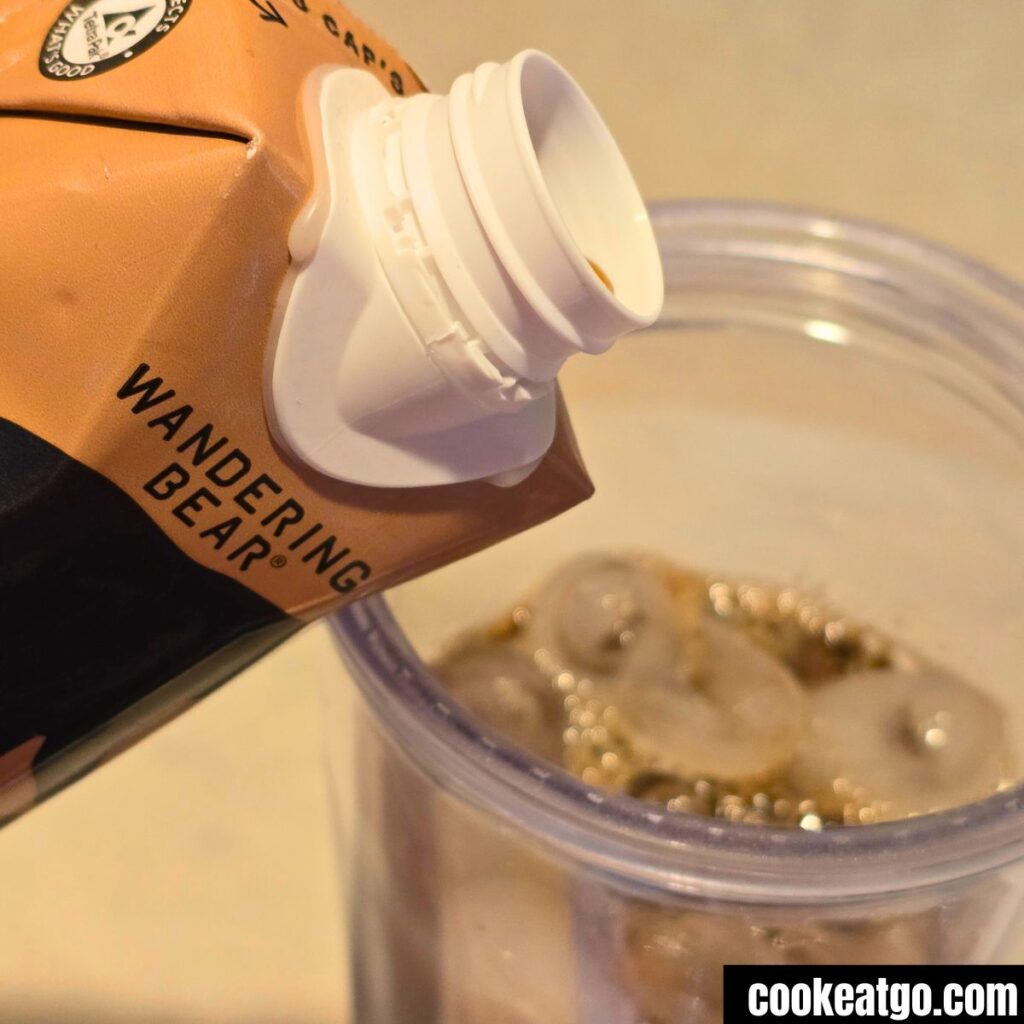
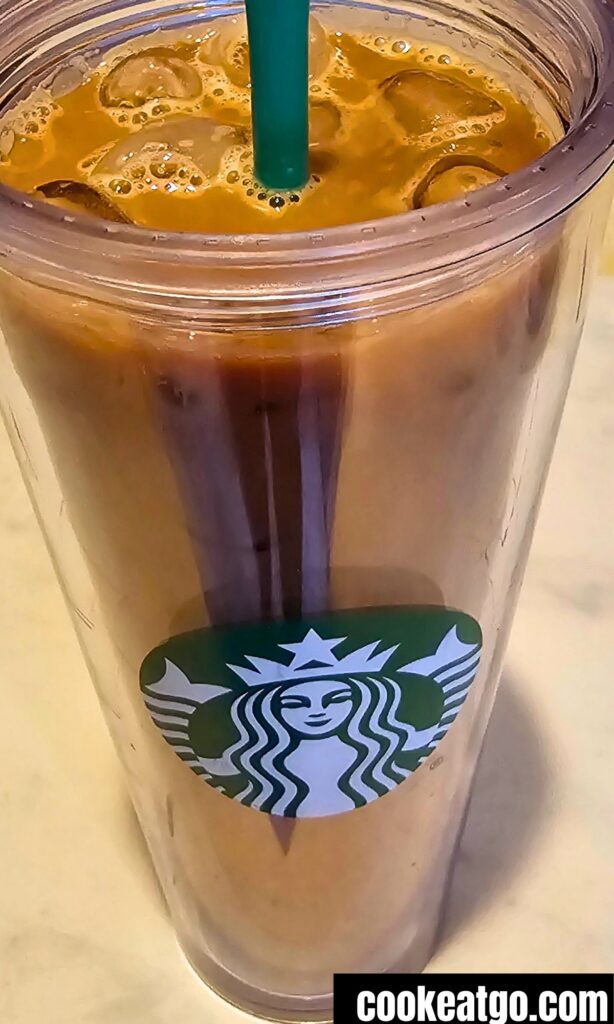
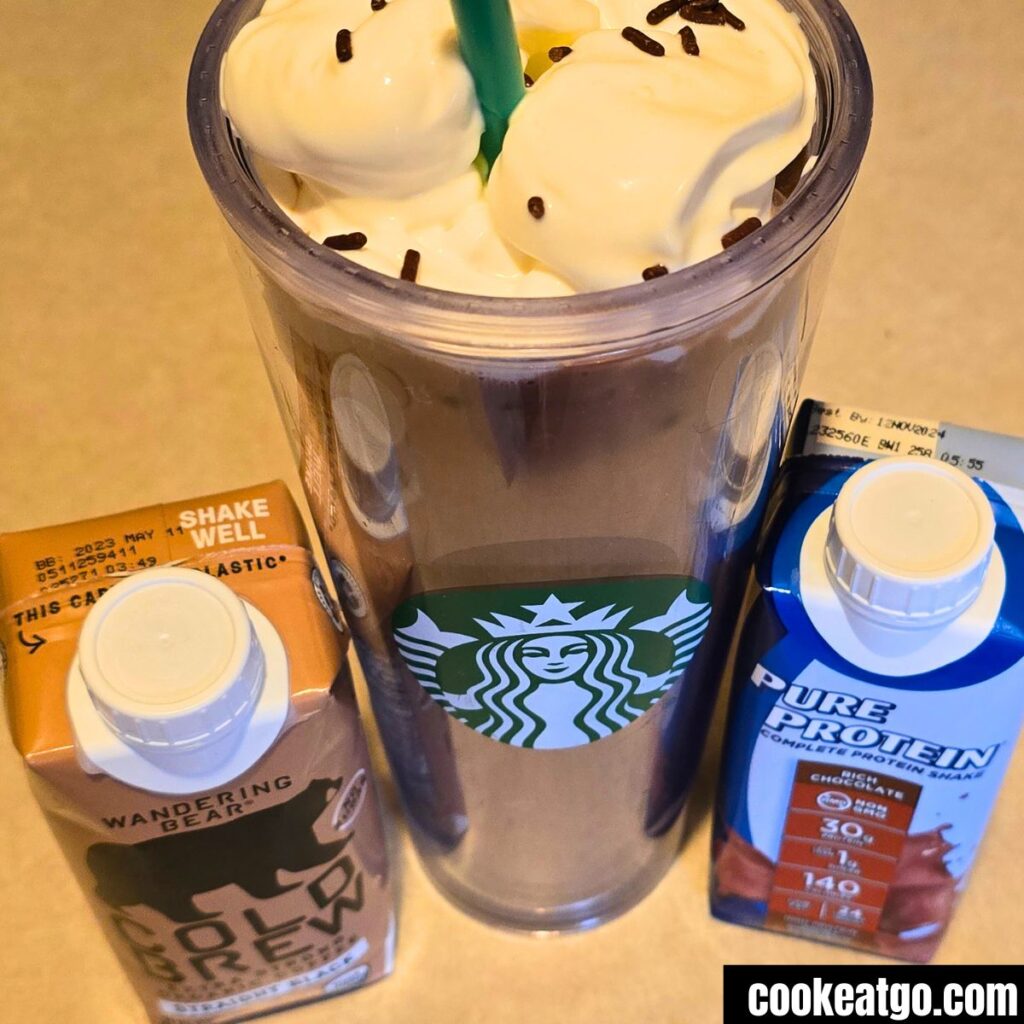
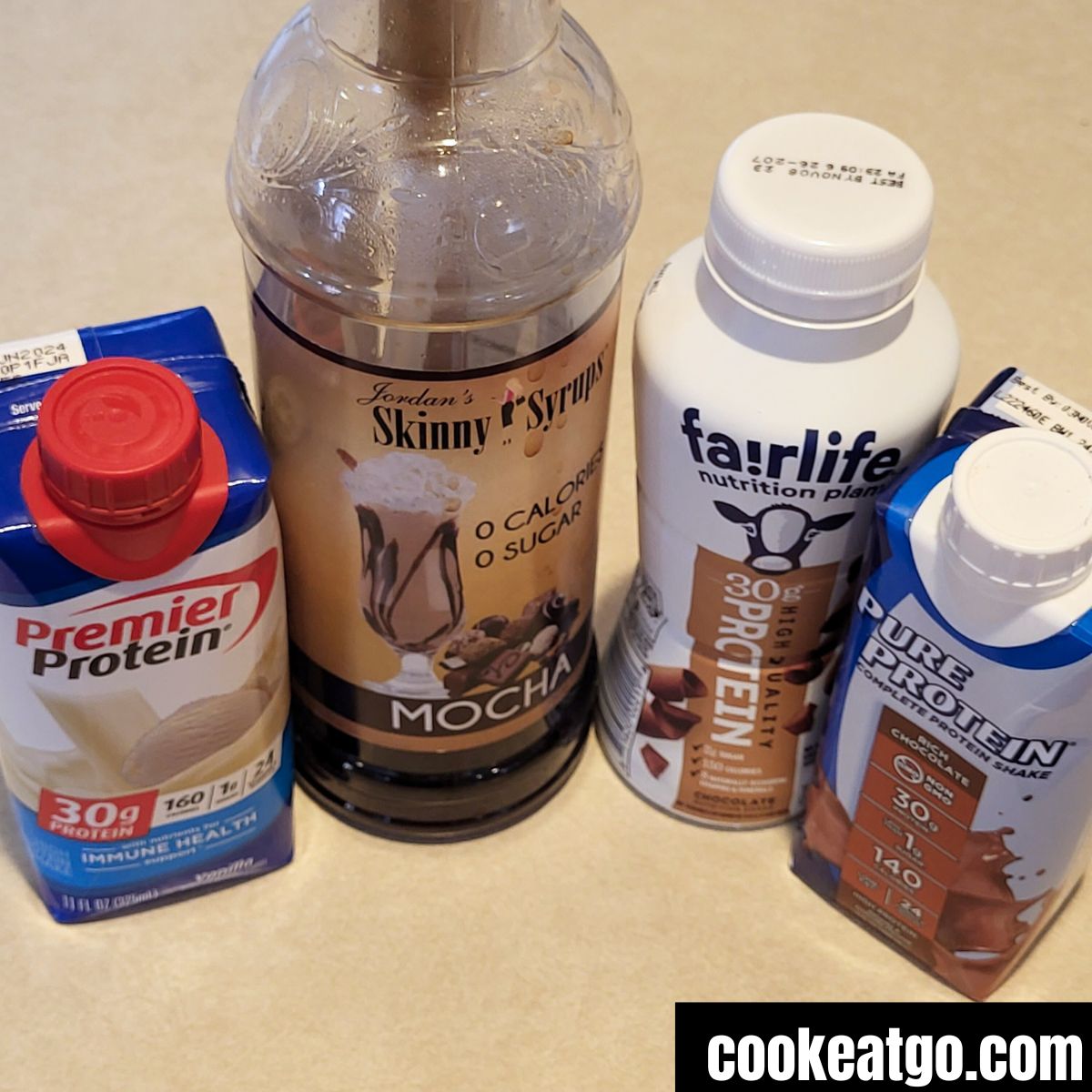
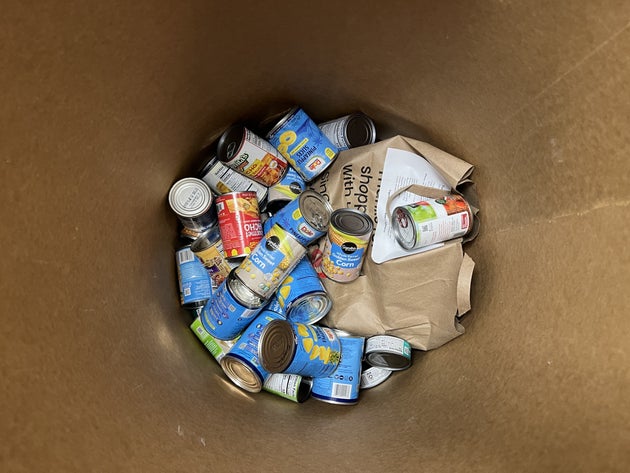


 That queasy, might-need-to-sit-down feeling often follows vigorous post-meal movement. Your body doesn’t appreciate trying to digest while doing jumping jacks! The combination of a full stomach and motion can trigger your brain’s nausea center.
That queasy, might-need-to-sit-down feeling often follows vigorous post-meal movement. Your body doesn’t appreciate trying to digest while doing jumping jacks! The combination of a full stomach and motion can trigger your brain’s nausea center. That burning sensation creeping up your throat has a scientific explanation. When you bounce around after eating, stomach acid can splash up into your esophagus, creating that distinctive burning pain.
That burning sensation creeping up your throat has a scientific explanation. When you bounce around after eating, stomach acid can splash up into your esophagus, creating that distinctive burning pain. Not all movement spells disaster! A relaxed after-dinner stroll actually helps food move through your system more efficiently. Walking gently stimulates the muscles in your digestive tract, helping them process your meal faster.
Not all movement spells disaster! A relaxed after-dinner stroll actually helps food move through your system more efficiently. Walking gently stimulates the muscles in your digestive tract, helping them process your meal faster. That uncomfortable feeling isn’t just in your head. Vigorous movement jostles your full stomach, creating a perfect storm for discomfort. Food and digestive juices slosh around, potentially pushing against your diaphragm.
That uncomfortable feeling isn’t just in your head. Vigorous movement jostles your full stomach, creating a perfect storm for discomfort. Food and digestive juices slosh around, potentially pushing against your diaphragm. Your after-meal cookie might spike your blood sugar, but a quick walk can help bring those levels back down. Light physical activity helps your muscles use glucose more effectively without stressing your digestive system.
Your after-meal cookie might spike your blood sugar, but a quick walk can help bring those levels back down. Light physical activity helps your muscles use glucose more effectively without stressing your digestive system. Those unexpected hiccups after eating and moving have a scientific explanation. Movement can change the pressure in your diaphragm while your stomach expands from food, creating the perfect conditions for hiccup spasms.
Those unexpected hiccups after eating and moving have a scientific explanation. Movement can change the pressure in your diaphragm while your stomach expands from food, creating the perfect conditions for hiccup spasms. Feel suddenly sleepy after moving post-meal? Your body’s diverting resources to handle competing demands. Digestion already requires energy, and adding movement creates a resource competition inside your body.
Feel suddenly sleepy after moving post-meal? Your body’s diverting resources to handle competing demands. Digestion already requires energy, and adding movement creates a resource competition inside your body. That uncomfortable swollen feeling gets amplified when you move around after eating. Physical activity can increase gas production in your digestive system while simultaneously moving existing gas around your intestines.
That uncomfortable swollen feeling gets amplified when you move around after eating. Physical activity can increase gas production in your digestive system while simultaneously moving existing gas around your intestines. Those unexpected burps have a simple explanation. Movement physically jostles the air in your stomach, creating pressure that needs to escape. Each step or bounce pushes air upward toward your esophagus.
Those unexpected burps have a simple explanation. Movement physically jostles the air in your stomach, creating pressure that needs to escape. Each step or bounce pushes air upward toward your esophagus. Feel your heart pounding more than usual? Your cardiovascular system is working overtime to handle dual demands. Digestion already increases blood flow to your stomach, and exercise diverts it to your muscles.
Feel your heart pounding more than usual? Your cardiovascular system is working overtime to handle dual demands. Digestion already increases blood flow to your stomach, and exercise diverts it to your muscles. When you eat, blood flow increases to your digestive system. When you suddenly start moving, your body must quickly redistribute that blood to your muscles and brain.
When you eat, blood flow increases to your digestive system. When you suddenly start moving, your body must quickly redistribute that blood to your muscles and brain. Breaking into a sweat after eating and moving isn’t just from physical exertion. Your body actually generates heat during digestion – a process called thermogenesis. Adding movement creates a double heating effect.
Breaking into a sweat after eating and moving isn’t just from physical exertion. Your body actually generates heat during digestion – a process called thermogenesis. Adding movement creates a double heating effect. That unexpected pounding in your temples has several potential causes. When you exercise after eating, blood sugar fluctuations occur as your muscles and digestive system compete for resources.
That unexpected pounding in your temples has several potential causes. When you exercise after eating, blood sugar fluctuations occur as your muscles and digestive system compete for resources. Sprinting after sandwiches creates a physiological traffic jam. During high-intensity movement, your body dramatically reduces blood flow to your digestive system, sometimes by up to 80%.
Sprinting after sandwiches creates a physiological traffic jam. During high-intensity movement, your body dramatically reduces blood flow to your digestive system, sometimes by up to 80%. Light movement accelerates your digestive timeline in a good way. Walking gently stimulates peristalsis – the wave-like muscle contractions that move food through your digestive tract.
Light movement accelerates your digestive timeline in a good way. Walking gently stimulates peristalsis – the wave-like muscle contractions that move food through your digestive tract.